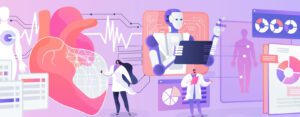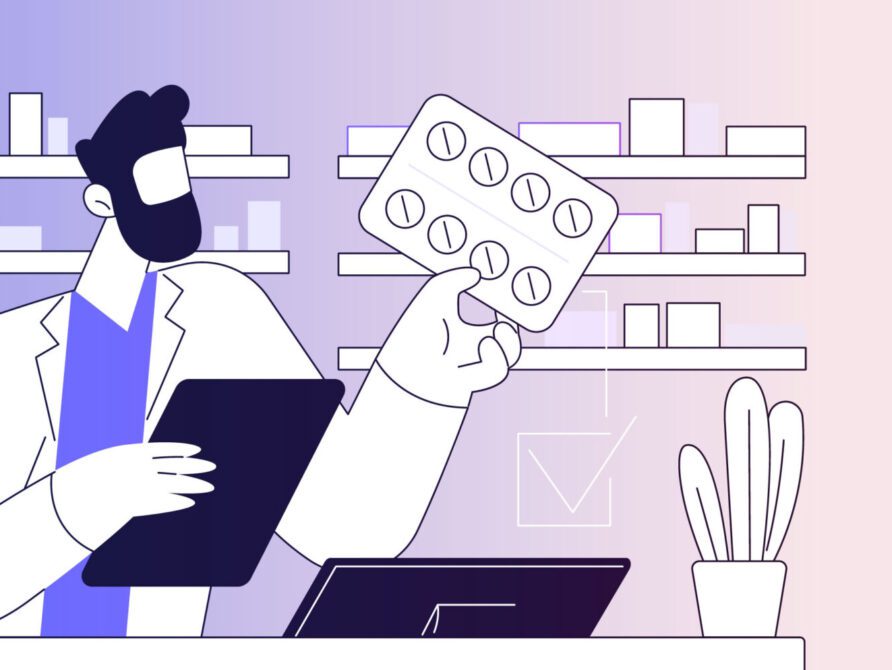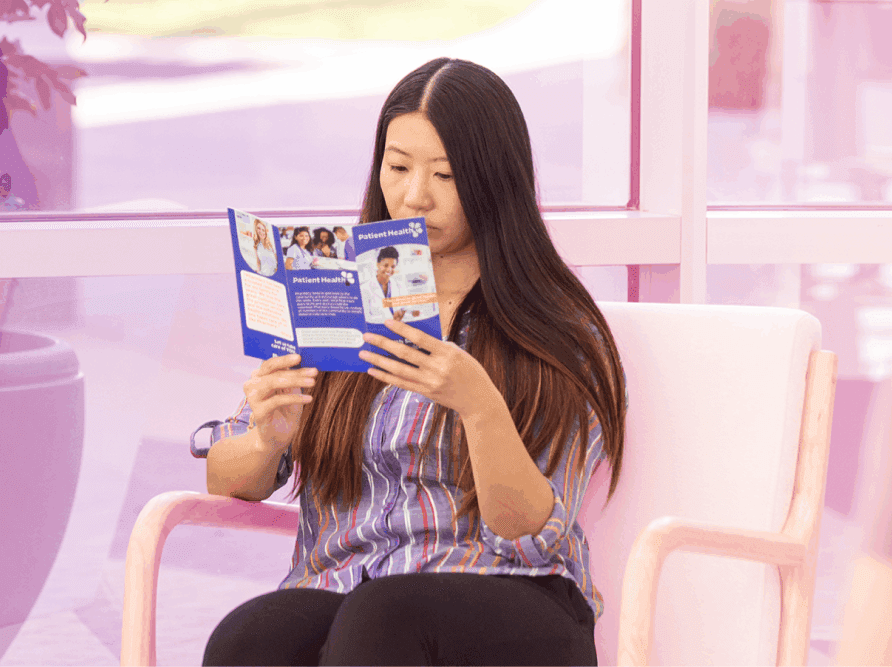Article
The future of the EHR: A vision for clinical excellence
In my previous blog, I discussed how technology has been central to my work in emergency medicine—particularly my reliance on the EHR for almost every aspect of patient care. This time, I want to look forward. What should the future of EHRs look like? More importantly, what could it look like today, using the technology we already have?
The challenge with today’s EHRs
Most EHRs are built around the keyboard—a design that, at first, was revolutionary. We no longer had to scribble down notes and use a pen for orders, etc. But soon, this reliance on a keyboard began to hamper, rather than help, clinical care. For many clinicians, typing during a consultation breaks the flow of interaction and takes focus away from the patient. While dictation has helped, we’re still falling short of what’s possible. After all, as a doctor, I want to have as much meaningful face time with my patients as possible. I don’t want to be tied to a computer screen and keyboard. I don’t think I’m alone in feeling this way, either.
Right now, we have the technologies, and as we integrate them into Altera’s solutions, we won’t lose sight on our vision: to enable clinicians with the tools they need to empower patients in their own health journeys, while also helping transform organisations to better serve their clinicians and patient communities at large.
The future is bright, and is here
At Altera, we’re committed to being better today than we were yesterday. And tomorrow, we know, is already on its way. Of course, there is a lot to be done to help simplify (and empower) technology to work better with clinicians. For example, just for furthering the conversation, here are three aspects of my life as an A&E doctor I would love to see supported by health IT soon:
- Morning briefing, simplified. Over breakfast, I open a summarised, prioritised feed of hospital updates on my phone. On the commute, key information is read aloud, helping me to arrive fully briefed.
- Seamless login. At work, facial recognition logs me into the EHR. I’m greeted with a clean interface and a voice asking: “What would you like to do?” Behind this sits a fully integrated ecosystem—one interface, many tools.
- Real-time clinical insight. I ask for the ED tracking board. Patients are displayed in real time, colour-coded by location. I check acuity via NEWS scores and ask the system to assign me a patient. The EHR returns a rich, concise snapshot: presenting complaint, medical history, current medications, latest observations.
None of this is speculative. We are well on our way toward achieving this.

Right now, we have the technologies, and as we integrate them into Altera’s solutions, we won’t lose sight on our vision: to enable clinicians with the tools they need to empower patients in their own health journeys, while also helping transform organisations to better serve their clinicians and patient communities at large.
For instance, we are making great use of AI-driven summarisation, mobile-first interfaces and ambient listening. The challenge is stitching them together into a frictionless, clinician-first experience. I have the utmost of confidence that soon, smarter technology will become the norm.
It’s time to move beyond the desktop. Let the EHR work for us, not against us. Let technology return us to the heart of what we do: caring for patients, not managing screens.












